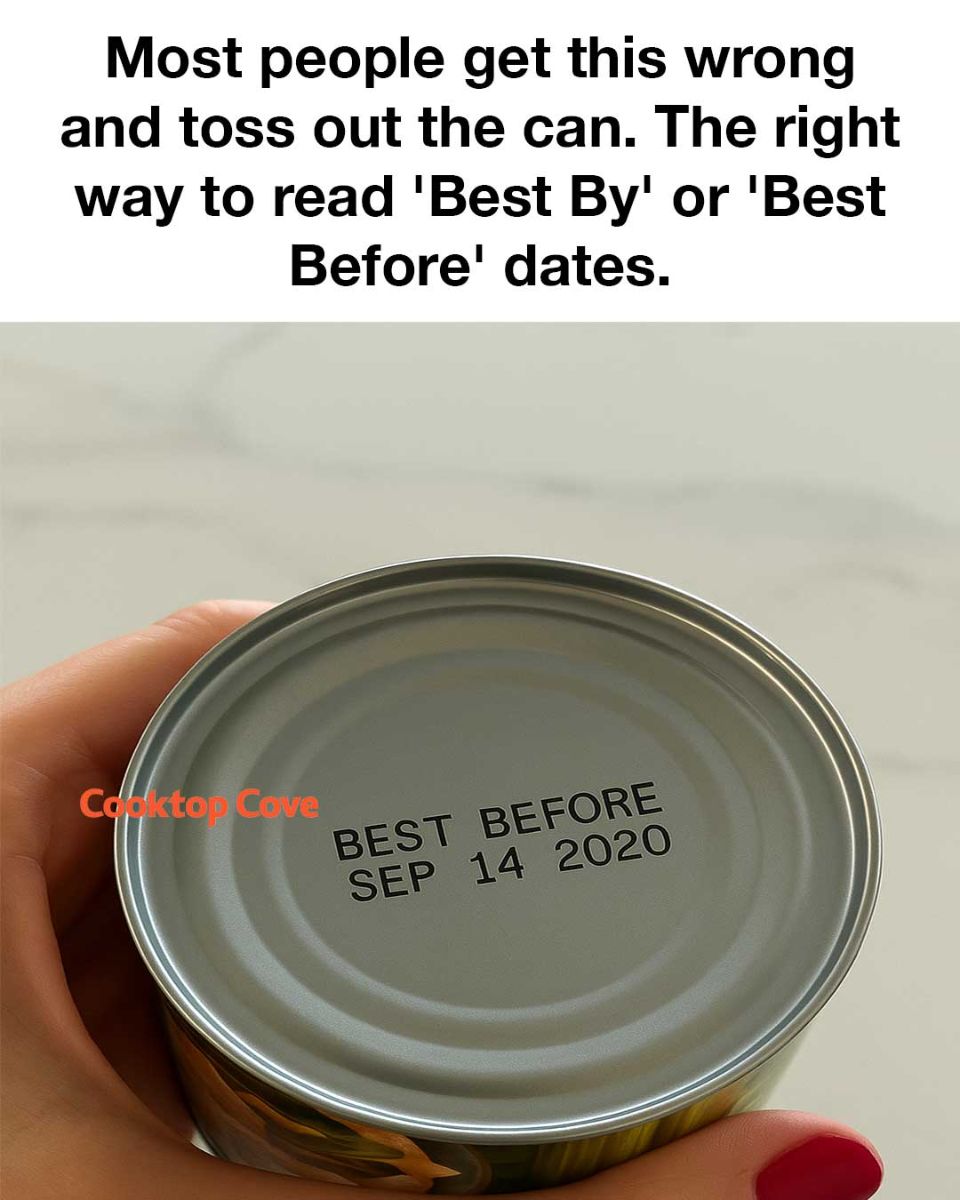The longevity of canned food depends heavily on how it’s stored:
Temperature: Store in a cool (50–70°F), dry place.
Humidity: Keep cans away from damp basements or warm garages.
Light: Avoid direct sunlight to prevent degradation of flavor and nutrients.
Proper storage can help many canned foods last far beyond their suggested dates.
The Environmental and Economic Cost of Food Waste
Throwing away food that’s still safe not only hits your wallet but also harms the environment. In the U.S., over 30% of all food is wasted annually, contributing to excess landfill use and greenhouse gas emissions. Misinterpreting date labels plays a major role in this.
Tips to Reduce Food Waste Through Better Label Literacy
Don’t panic about dates—they’re about quality, not safety.
Rotate pantry items so older products are used first (FIFO: First In, First Out).
Buy only what you need, especially with perishable goods.
Donate non-perishables nearing their ‘Best By’ date to local food banks if you won’t use them.
Conclusion: Be Smart About Shelf Life
Understanding the meaning of ‘Best By’ and ‘Best Before’ dates—especially for canned foods—can empower consumers to reduce waste, save money, and be more sustainable. By using your senses, practicing smart storage, and knowing typical shelf lives, you can confidently make the most out of your pantry staples.
Most people get this wrong and toss out the can. The right way to read ‘Best By’ or ‘Best Before’ dates.

Pages: 1 2